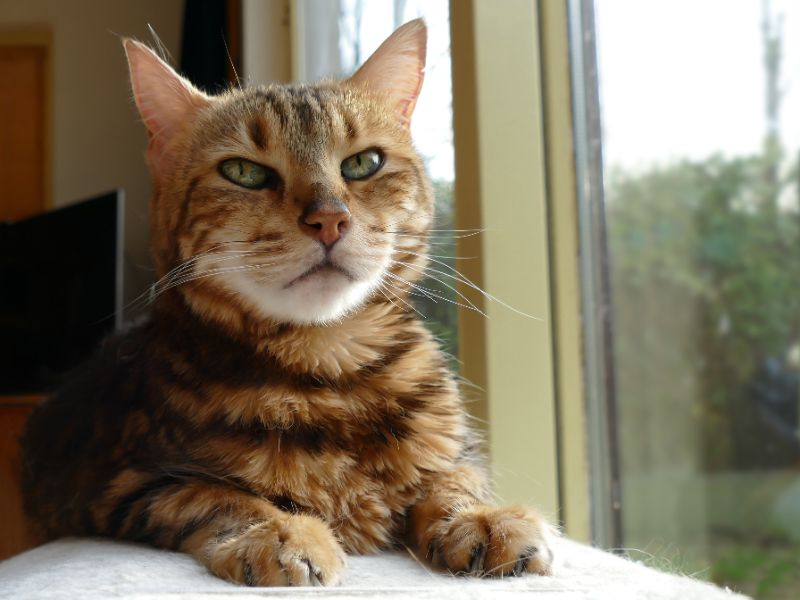Hypothyroidism and Hyperthyroidism in Pets

Thyroid gland disorders can cause numerous health issues for pets and is a common problem that we see at Lone Tree Veterinary Medical Center. As in most medical conditions, the earlier thyroid disorders are diagnosed and treated, the better the outcome is for your pet.
Hypothyroidism and Hyperthyroidism in Pets
The thyroid gland is located in the neck, near the larynx, and is controlled by the pituitary gland in the brain. The thyroid gland is essential for regulating the body’s metabolic rate and does this by producing hormones that keep it in balance – the most important one being thyroxine. When the thyroid gland doesn’t function properly, the resulting hormone imbalance can wreak havoc with the body’s metabolism.
There are two types of thyroid gland disorders. Hyperthyroidism is when the thyroid is overactive (producing too much thyroxine), causing the body’s metabolism to speed up. Hypothyroidism is when the thyroid is underactive (producing too little thyroxine), causing the metabolism to slow down. Both conditions can affect virtually every organ in a pet’s body, causing undesirable symptoms and many debilitating illnesses.
Hypothyroidism
Hypothyroidism most commonly affects dogs, although it does occur on rare occasions in cats. The most common causes of hypothyroidism in dogs are:
- Lymphocytic thyroiditis – Occurs when the body attacks the thyroid gland, causing it to produce less of the hormone. This is thought to be an immune-related disorder that most likely has a genetic component.
- Idiopathic thyroid gland atrophy – Occurs when normal thyroid tissue is replaced by fatty tissue.
The symptoms of hypothyroidism include:
- Fatigue/lethargy
- Weight gain with no increase in appetite
- Intolerance to cold, easily gets cold
- Dull, dry fur, flaky/greasy skin and coat
- Excessive shedding, bald spots, failure of fur to regrow after trimming
- Slowed heart rate
- Increased cholesterol
- Increased skin pigmentation
Hypothyroidism is diagnosed with a blood test and, while not curable, the condition is treatable with medication. Hypothyroid dogs will need to be on an oral thyroid replacement for the remainder of their lives.
Hyperthyroidism
Hyperthyroidism is a common feline disorder that predominantly affects middle-aged and senior cats. The condition is caused by a tumor (almost always benign) growing on the thyroid gland, resulting in an increased production of thyroid hormone. While the tumor itself normally doesn’t pose a problem, the symptoms can be life threatening.
Signs that your cat may have hyperthyroidism include:
- Weight loss
- Increased appetite
- Increased thirst/urination
- Increased vocalization
- Vomiting/diarrhea
- Hyperactivity or other behavioral changes
- Unkempt looking, greasy, or matted coat
Feline hyperthyroidism is diagnosed with a blood test. Medication aimed at controlling the disease is the most common treatment. Some cats benefit from surgery to remove the thyroid gland and others from an injection of radioactive iodine, which destroys the abnormal tissues. In some cases, hyperthyroidism can be controlled through diet.
While a diagnosis of hypothyroidism or hyperthyroidism in a pet is concerning for pet owners, when addressed early on, it can be treated and managed throughout a pet’s life.
Please let our team know if you have a thyroid concern for your pet, any questions, or would like to schedule an appointment for your pet.



